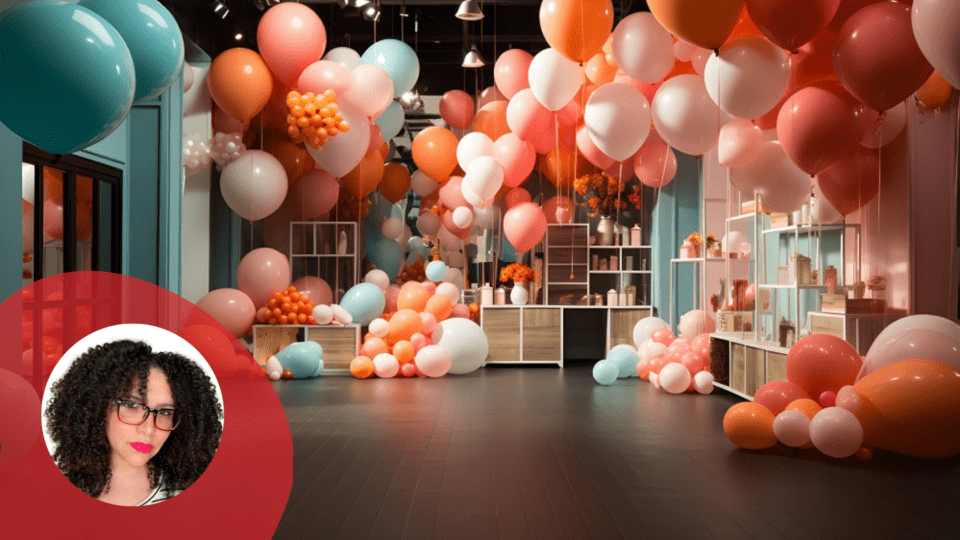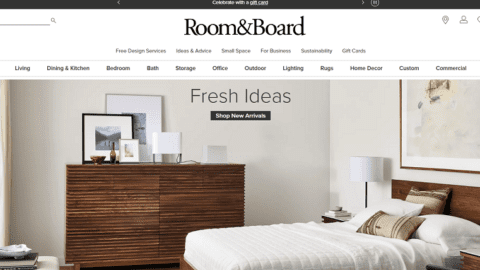Despite the surge in online shopping, physical stores remain essential for retailers, providing a space for customers to interact with products and build deeper brand connections. A well-designed store can create a memorable brand experience that strengthens customer loyalty.
This is crucial considering a recent Publicis Sapient report on customer loyalty, based on a survey of over 8,000 consumers across six countries, revealed that 52% of global consumers report having slight to no brand loyalty overall. Retailers must provide compelling reasons for in-store visits, blending digital and physical experiences. Here are four ways retailers can level up their store experience to boost customer engagement, brand affinity, and brand loyalty:
Integrate Technology to Enhance the Customer Experience
Successful retailers seamlessly blend technology into their physical spaces while keeping a personalized, human feel. This extends beyond apps or digital signage to creating memorable experiences within the store’s space. For example, Victoria’s Secret is innovating within fitting rooms, including screens with on-demand product requests and language translation based on which items a shopper takes with them to try.
Technology also is significantly enhancing the checkout process, with more retailers adopting self-service kiosks, integrated RFID, mobile POS systems, scan-and-go integrations and frictionless checkout options. For instance, Uniqlo has rolled out the use of RFID chips during checkout, allowing customers to place all items in one bin, further accelerating the “scan and go” idea. Retailers using cashier-based systems also are focusing on updating hardware and software to improve the checkout experience.
Advertisement
Transform Stores into Social Hubs
Retailers are increasingly turning their stores into places where customers can socialize and relax. The longer a customer stays in the store, the more likely they are to make or increase the size of a purchase, and retailers have long used techniques like hosting events and offering food counters to entice extended visits.
Retailers that offer early opportunities for customers to experiment with emerging technology have the best opportunity to capture customer’s attention, encourage customers to spend more time in the store and make repeat visits. Interactive walls, virtual try-ons and the ability to test out a potential purchase in a simulated real-world environment — whether virtual or a physical reproduction — are all ways retailers can look to prolong customer’s in-store engagement and interest.
Encourage In-Store User-Generated Content to Create Shareable Moments
Retailers can boost brand perception and attract customers by leveraging shareable moments and reposting authentic, user-generated content on social media. However, it’s crucial that these moments align organically with the retailer’s values and environments. As social platforms continue to focus on short-format video, retailers can capitalize on this trend by providing micro moments throughout the shopping experience when customers might want to capture video in places they have not previously.
A study from marketing research company Alter Agents revealed that 77% of surveyed millennial and Gen Z shoppers shop on social platforms. It is critical for retailers to consider how they appeal to those audiences while they have the added benefit of shopper’s undivided attention in-store. Retailers can attract content creators by updating store designs with appealing color palettes, greenery, unique displays and accessories, and by promoting these Instagrammable spaces on their own and creators’ social platforms.
Embrace Generative AI
Retailers can leverage Generative AI’s superior personalization and data access to enhance the customer journey pre- and post-purchase. Publicis Sapient’s recent Generative AI report, based on a survey of over 10,000 consumers across seven countries, found that 37% of those who have tried generative AI believe that it will potentially lead to improved experiences and innovation, and 87% of those who have used generative AI are excited about something generative AI will bring to their shopping experience.
Retailers can look to create experiences tailored to individuals, driving conversion, and can use generative AI to keep up to date more easily with the latest trends and create virtual, hyper-personalized environments within their stores.
Publicis Sapient’s report on customer loyalty revealed that 86% of global consumers are open to trying new brands, even if they have favorites. Therefore, it’s more important than ever for retailers to leverage both digital and non-digital experiences to capture customers’ attention and ultimately drive brand loyalty.
As connected environments take on new and evolved meanings, it’s important for retailers to implement experiences in-store that feel authentic to their brands and that maintain a focus on keeping customers engaged throughout their shopping journey. Retailers looking to bring digital experiences to their stores can begin by ensuring that they understand their core customers as well as which experiences feel natural, shareable and allow for scalability as technology continues to evolve.
Sara Alloy is Retail Experience Lead, North America at Publicis Sapient. She is an award-winning creative director who has been creating transformational digital experiences for some of the world’s biggest brands for more than 15 years. Alloy is based in Charlotte, N.C., where she leads Retail Experience for Publicis Sapient North America and primarily focuses on digital product innovation.









